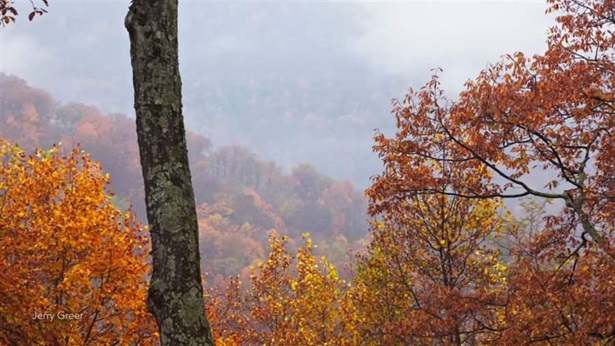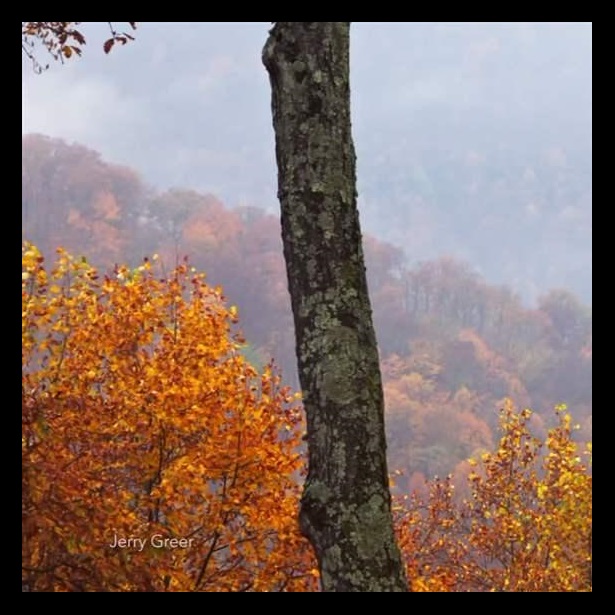With Tennessee Wilderness Act, Congress Can Build on Proud Legacy
Bill would expand protected areas popular with hunters, anglers, hikers, and campers
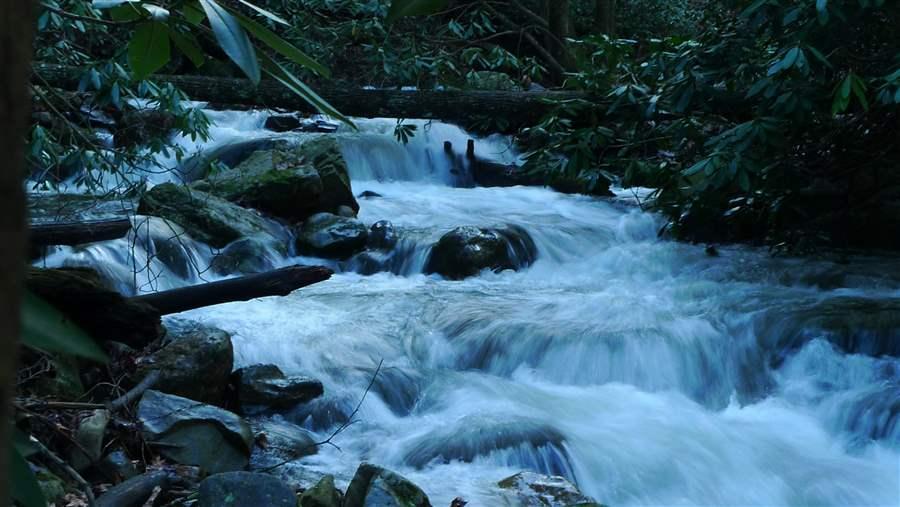
The proposed expansion of the Sampson Mountain Wilderness Area—part of the Tennessee Wilderness Act of 2017—would protect streams like this one, which empties into the Nolichucky River, an outdoor recreation haven for fly-fishing and whitewater rafting.
© DM-Flikr Creative CommonsAs Tennessee’s mountains, valleys, forests, and fields transform into a mosaic of fall colors, fans of the state’s public lands are taking to the back country to revel in sparkling days and crisp, clear nights. While most of those enthusiasts know where they like to hunt, hike, camp, and fish, many probably don’t know that the wilderness preservation efforts under way in the Volunteer State today grew from two bills passed in long-ago Octobers—one in 1984 and the other in 1986.
The Tennessee Wilderness Act of 1984 protects the Big Frog, Citico Creek, and Bald River Gorge Wilderness Areas, and the Tennessee Wilderness Act of 1986 preserves Pond Mountain, Big Laurel Branch, Unaka Mountain, Sampson Mountain, and Little Frog Mountain Wilderness Areas. It also expanded the Big Frog.
Since their establishment, each of these areas has drawn visitors from within and far beyond the state who appreciate that wilderness designation is the gold standard of public lands protection, intended to ensure that remarkable places retain their primeval character and natural condition to the greatest extent possible.
Now, U.S. Senators Lamar Alexander and Bob Corker and Representative Phil Roe, all Tennessee Republicans, have introduced the Tennessee Wilderness Act of 2017, which would create a new wilderness area—the Upper Bald River—and expand five others: the Big Frog, Little Frog, Joyce Kilmer/Slickrock, Sampson Mountain, and Big Laurel Branch. In total, the bill would safeguard 19,556 acres. And while all of that area is in the Cherokee National Forest, the wilderness designation would assure that it has the highest level of preservation.
Big Frog Wilderness additions
The act would add 348 acres to Big Frog, which today covers 8,132 acres in Tennessee and Georgia and is part of the Cohutta-Big Frog complex—one of the most visited wilderness areas in the nation. The expansion would increase the area available for wilderness recreation, such as backpacking, day-hiking, and hunting, and preserve critical habitat for numerous mammal, reptile, amphibian, and bird species.
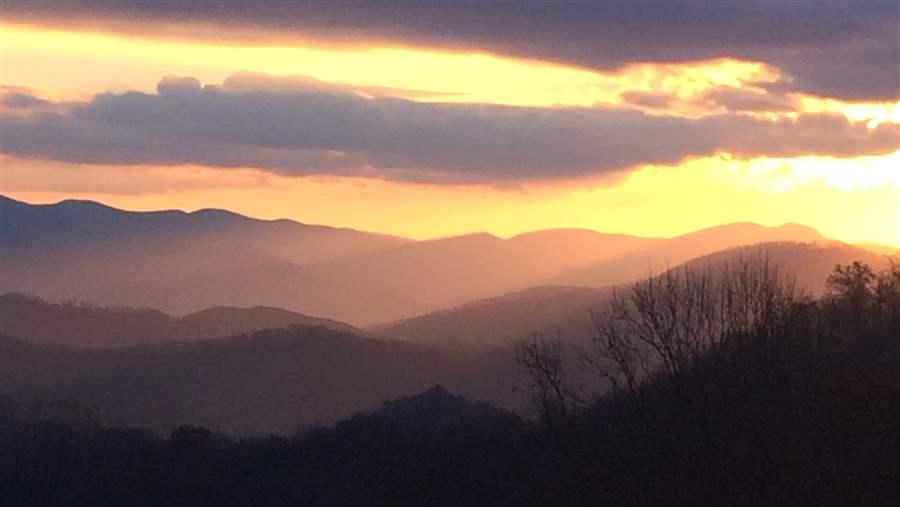
A view of Big Frog Mountain, which rises to 4,224 feet in the namesake wilderness area in Tennessee and offers views into the adjacent Cohutta Wilderness in Georgia.
© U.S. Forest Service-Southern Region
Little Frog Mountain Wilderness additions
The 4,691 acres of Little Frog Mountain include the Ocoee River, site of the canoe slalom event during the 1996 summer Olympics; the river separates this wilderness area from Big Frog. An outdoor recreation haven, Little Frog draws hunters, anglers, hikers, birders, and more. The legislation would add nearly 1,000 acres to the safeguarded area.
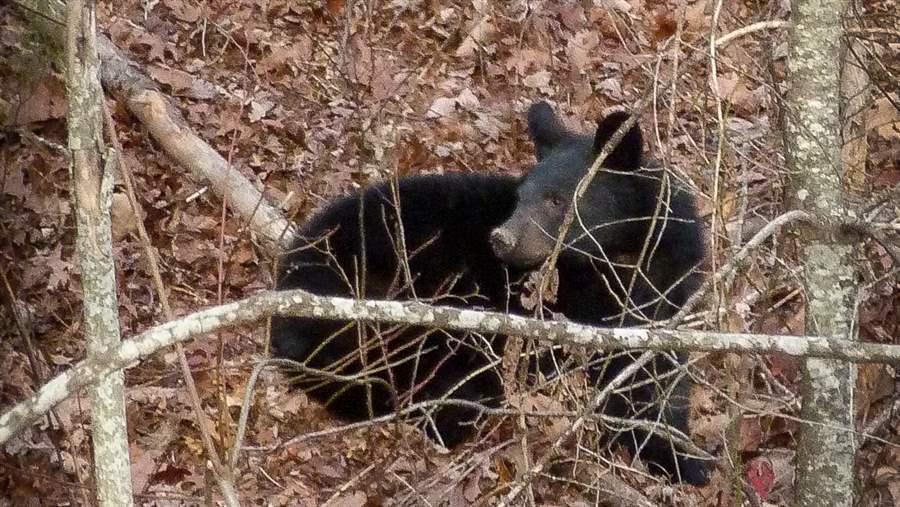
Little Frog Mountain is home to abundant wildlife, including black bears, white-tailed deer, bobcats, and gray foxes.
© Bill and Laura Hodge
Big Laurel Branch Wilderness additions
Designated in 1986, the Big Laurel Branch Wilderness boasts stirring views of mountains and valleys, along with waterfalls, a wide variety of wildlife, and trout fishing in the Watuga River watershed. The wilderness would grow from 6,365 acres to 10,811 acres under the bill.
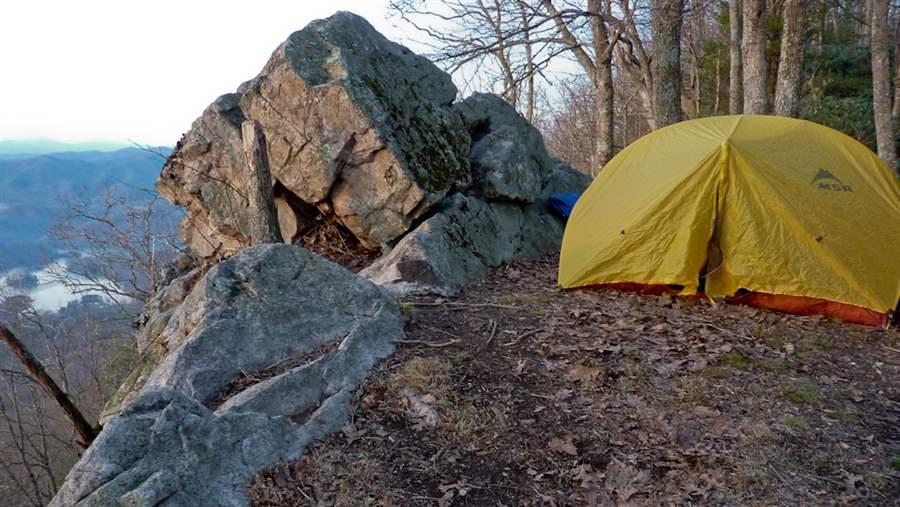
One of the many prime camping spots along the more than 10 miles of the Appalachian Trail that run through Tennessee’s Big Laurel Branch Wilderness Area.
© Bill and Laura Hodge
Sampson Mountain Wilderness additions
Sampson Mountain Wilderness, designated under the 1986 Tennessee Wilderness Act, preserves 7,960 acres of old-growth pine, hardwood stands, rollicking whitewater rivers, and much more. The 2017 act would add 2,922 acres to this lush wilderness area.

The Eastern Hellbender, which can grow up to 29 inches long, is North America’s largest salamander. The Tennessee Wilderness Act of 2017 would increase protections in the animal’s Cherokee National Forest habitat.
© USDA
A broad variety of stakeholders support the 2017 Tennessee Wilderness Act, including local businesses, hunters and anglers, faith groups, local elected officials, and others. Passing this conservation bill would preserve some of the most beautiful and prized areas of the Cherokee National Forest for future generations to use and enjoy.
John Gilroy directs the U.S. public lands conservation work at The Pew Charitable Trusts.


America’s Overdose Crisis
Sign up for our five-email course explaining the overdose crisis in America, the state of treatment access, and ways to improve care
Sign up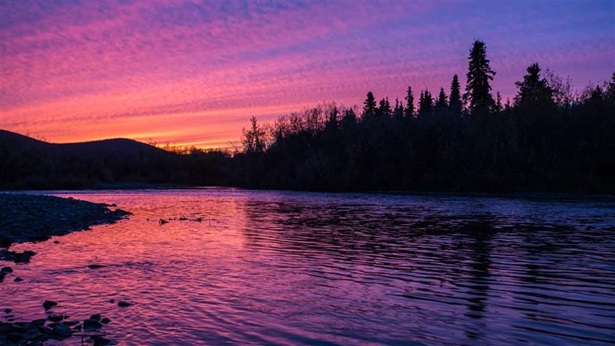
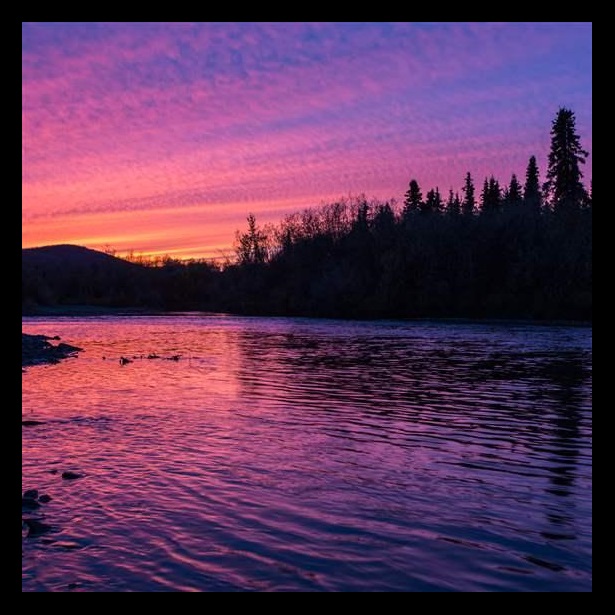
Celebrate National Public Lands Day
On Sept. 30, make time to enjoy and conserve wild places
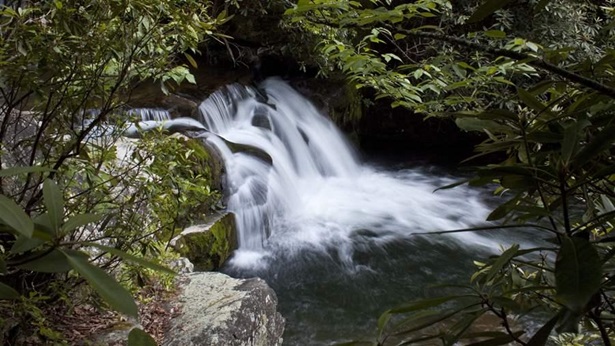
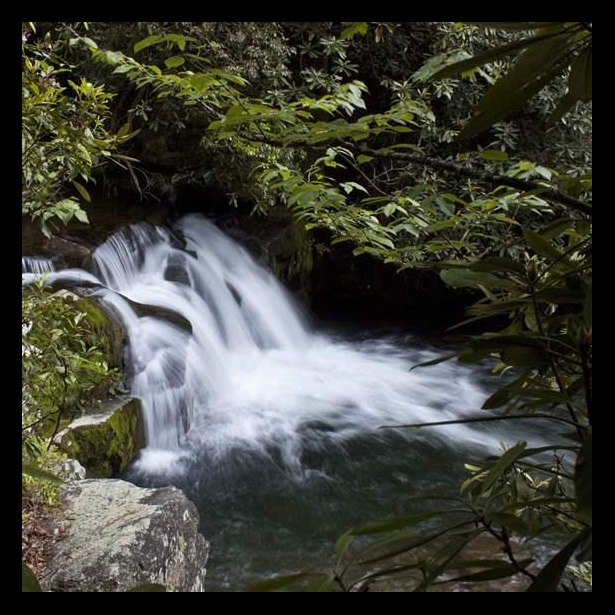
Tennessee Wilderness Act Will Safeguard Lands
State’s top Republicans push bill to boost protections within Cherokee National Forest
